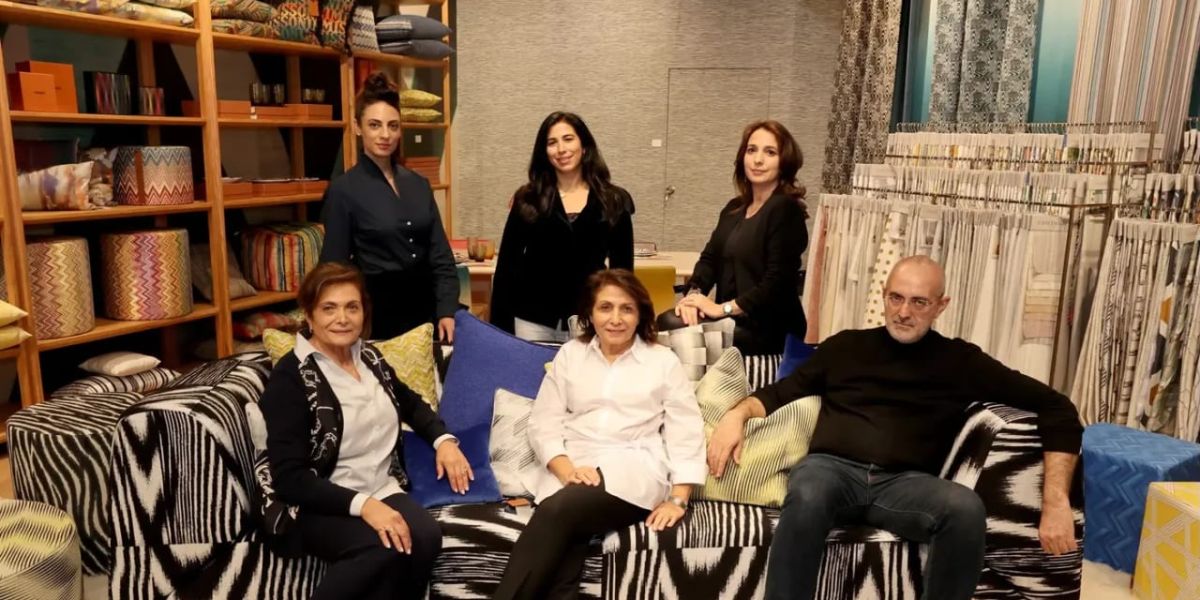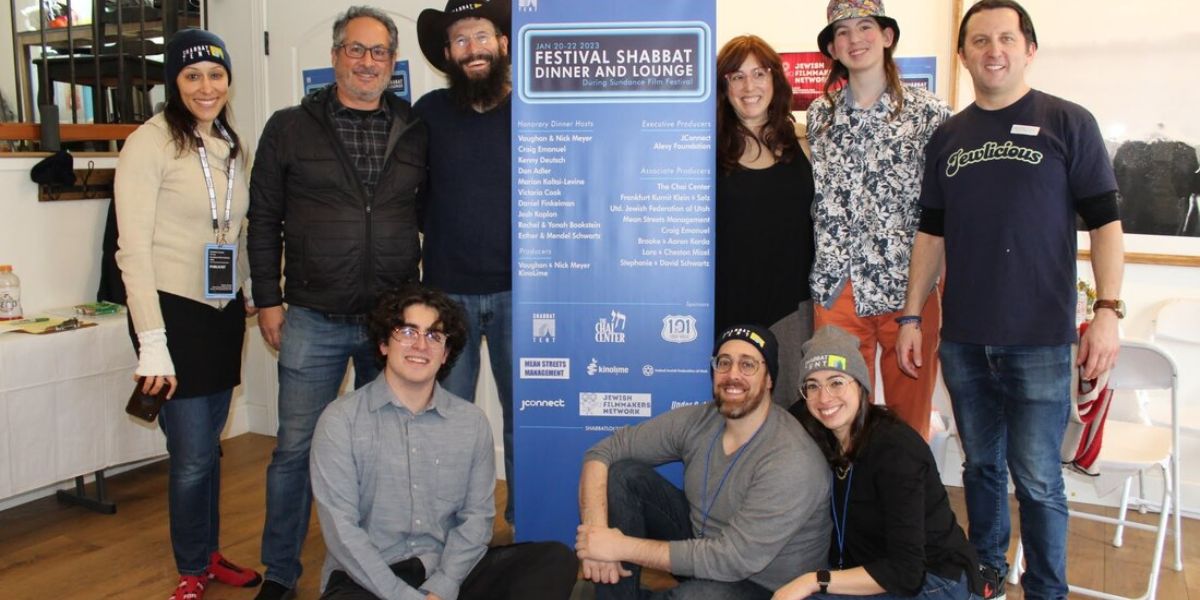The luxury industry in Asia is undergoing a cultural shift, and at the forefront of this transformation are Jewish designers and curators who are redefining what exclusivity and craftsmanship mean in a globalized market. With roots in both tradition and innovation, these professionals are helping Asia’s luxury brands create stories that connect heritage with contemporary aesthetics — from fine jewelry and textiles to experiential art spaces and boutique architecture.
A Creative Bridge Between Heritage and Innovation
Jewish influence in design has always carried a deep respect for history and symbolism. In Asia, this sensibility is merging seamlessly with the region’s appetite for authenticity and storytelling. Whether in Hong Kong’s luxury retail corridors, Singapore’s high-end galleries, or Tokyo’s boutique hotels, Jewish creative professionals are shaping spaces that invite emotional connection, not just admiration.
Table of Contents
David Alon, an Israeli-born architect now based in Singapore, designs flagship stores for international fashion houses. His approach combines minimalist lines with spiritual geometry — drawing subtle inspiration from synagogue architecture and Middle Eastern craftsmanship. “Luxury design isn’t just about surface beauty,” Alon says. “It’s about how space makes you feel, how it reflects memory and belonging.”
This emotional depth aligns perfectly with what Asia’s discerning consumers now seek: authenticity over ostentation.
The New Definition of Luxury
Across Asia, luxury brands are moving beyond traditional markers like gold, marble, and exclusivity. The new definition of luxury emphasizes storytelling, sustainability, and emotional resonance — areas where Jewish designers excel due to their history of resilience, migration, and cultural synthesis.
In Shanghai, curator Rebecca Lavi recently led a luxury exhibition titled “Crafting Time”, featuring collaborations between Jewish artisans and Asian watchmakers. The project explored the philosophical relationship between time, tradition, and material. “Both Jewish and Asian cultures value precision and continuity,” Lavi notes. “When you merge them, the result feels both timeless and deeply human.”
Her exhibition drew attention not just from collectors but from major hospitality brands eager to infuse deeper meaning into their interiors.
Collaboration with Asia’s Growing Art Market
Jewish curators have also found a thriving space in Asia’s booming art economy. As luxury brands increasingly invest in cultural partnerships, Jewish-led design studios are bridging art and commerce in fresh ways.
In Hong Kong, Gallery Ezra, founded by two Jewish curators, has become a magnet for international fashion houses seeking art consultancy. The gallery specializes in cross-cultural installations that reinterpret biblical themes through Asian visual languages — blending silk, jade, and calligraphy with Judaic symbols.
These collaborations have elevated both the brands and the artists they support. By showcasing art within retail spaces, they turn shopping into a cultural experience rather than a transaction.
The Influence of Jewish Ethics in Business Aesthetics
Luxury today is not only defined by aesthetics but also by values. The Jewish concept of “tikkun olam” — repairing the world — resonates with Asia’s increasing focus on responsible luxury. Designers and brand strategists are integrating this philosophy into their work, promoting fair trade, sustainable sourcing, and cultural preservation.
Naomi Fischer, a Hong Kong-based textile artist, has been working with rural weavers in Thailand and Vietnam to create ethical silk products for global luxury brands. Her brand’s success lies in merging social impact with aesthetic integrity. “Jewish values teach us that beauty has purpose,” she explains. “Every thread carries meaning — it’s not just about profit, it’s about connection.”
Such initiatives have made Jewish-led projects highly appealing to Asian investors looking for depth and differentiation in the luxury market.
How Cultural Dialogue Shapes the Future
The partnership between Jewish designers and Asia’s luxury sector goes beyond style — it’s a dialogue about identity, heritage, and innovation. As both communities value tradition and craftsmanship, the collaboration feels natural and enduring.
Luxury houses are increasingly inviting Jewish creatives to lead brand narratives, curate exclusive exhibitions, and design limited-edition collections that celebrate shared values of family, ritual, and artistry. These projects have not only redefined brand storytelling but also highlighted the role of cultural empathy in driving sustainable growth.
In the coming decade, as Asia cements its role as the world’s largest luxury market, this exchange of creativity and ethics will likely deepen — setting a precedent for what meaningful luxury truly looks like.
A Shared Vision of Elegance and Meaning
Jewish designers and curators are not merely participants in Asia’s luxury renaissance — they are shaping its very identity. By blending timeless symbolism with forward-looking design, they offer the region’s brands something rare: luxury with soul.
As Daniel Levy, a veteran curator and festival strategist, puts it, “Luxury succeeds when it speaks to the heart. The collaboration between Jewish creativity and Asian craftsmanship is proving that elegance and empathy can coexist beautifully.”
What’s your view on this evolving creative partnership? Share your thoughts below or explore more cultural business stories at jewishtimesasia.org.










